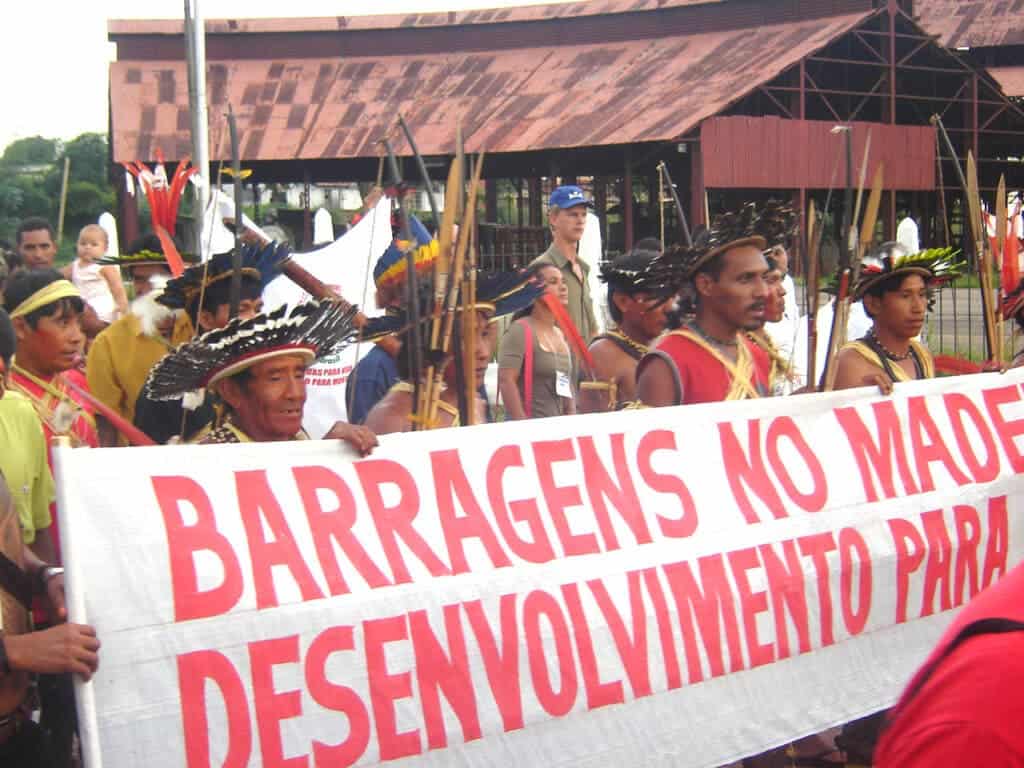Protecting the environment comes at a high cost, especially in Latin America and the Asia-Pacific region. At least 358 human rights defenders were killed in 35 countries last year, of which 60% were land, environment, or indigenous rights defenders, according to a new report. Most of the killings could have been prevented, the authors said.

The analysis was done by the organization Front Line Defenders (FLD) and the international consortium Human Rights Defenders (HRD) Memorial. Some of the activists killed include a Colombian environmentalist who was trying to save a rare species of parrot from extinction and two poets in Myanmar who protested against a military coup.
“Each day, we document threats, attacks, and persecution of human rights defenders around the world. This report takes a step back and makes sense of what HRD are experiencing by identifying key trends and spotlighting who is most at risk and what kinds of tactics of repression are used,” Olive Moore, FLD head, said in a statement.
A difficult environment
The researchers registered murders of land, environment, and indigenous rights defenders in a group of 15 countries, mainly from Latin America, Africa, and Asia-Pacific. These were Thailand, the Philippines, Nicaragua, Peru, Kenya, Mexico, India, Honduras, Ecuador, Guatemala, Colombia, Chile, Brazil, Argentina, and Burkina Faso.
Colombia was the deadliest country for human rights defenders, with 138 verified killings – over a third of the global total. Mexico ranked second with 42 deaths and Brazil third with 27 killings, 19 of them land right defenders. Many were targeted due to their opposition to mining operations, dams, illegal logging, and other projects.
For years, Colombia has been at the top of the list due to violent conflicts over smuggling routes and land that was previously in control of the guerilla group FARC – which was disbanded after a peace deal in 2016. Paramilitary groups are now trying to fill the vacuum left by FARC, targeting indigenous groups to gain control of their land.
Meanwhile, in Mexico, a group of five environmental campaigners from Paso de la Reyna in Oaxaca state were killed in the first three months of the year. In recent years, the Mexican government has given military forces a larger role in the implementation of development projects, in part to intimidate communities who oppose such projects.
The researchers argued many of those who were killed have faced years of threats and harassment because of their work. This suggests that their deaths could have been avoided if governments had acted more forcefully. For example, in Mexico, José de Jesús Robledo Cruz and María de Jesús Gómez were killed after organizing a campaign against a gold-minning company.
“In most cases, the state itself is the perpetrator, despite obligations covered under various UN processes and even, in some cases, national laws or procedures,” FLD protection manager Ivi Oliveira said in a statement. “While the data and cases presented in this report should not be surprising, they must shock key stakeholders into action.”
Despite the impunity for such killings, last year also brought a moment of accountability for indigenous environmentalist Berta Caceres, who was killed in Honduras in 2016 after years of threats for her opposition to a dam. Five years later, the former president of the company financing the dam was found guilty of collaborating in her murder.


